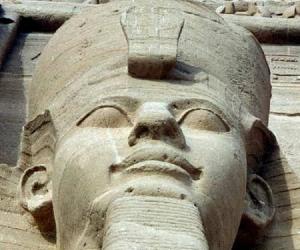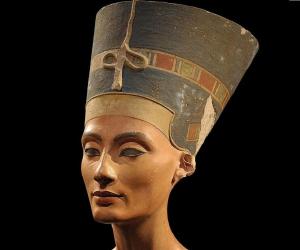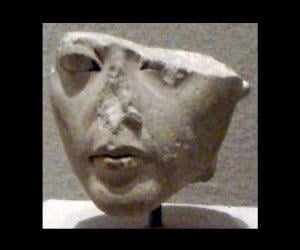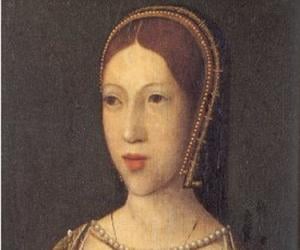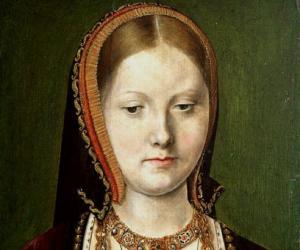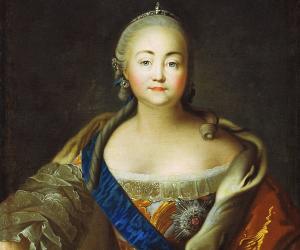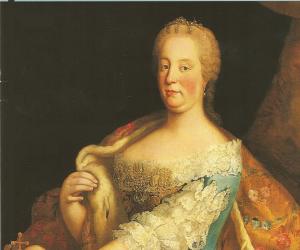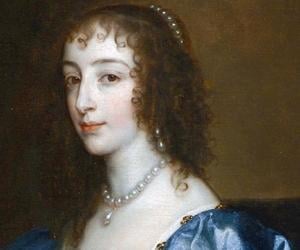Born In: Hattusa, Egypt
Maathorneferure
Ancient Egyptian queen Maathorneferure was the Great Royal Wife of Ramesses II, the third pharaoh of the Nineteenth Dynasty of Egypt, who is often regarded as one of the most powerful, celebrated, and greatest pharaohs of the New Kingdom. Maathorneferure was the daughter of Hittite King Hattusili III, who, upon ascending the throne, began a diplomatic correspondence with Ramesses II. The two rulers eventually signed a peace treaty, bringing an end to the long-standing war between the Hittite Empire and Egypt. Maathorneferure’s marriage to Ramesses II, in the 34th year of his reign, symbolized the formal conclusion of the peace process initiated by the treaty. Maathorneferure’s name appears on her Marriage Stela and on a papyrus found at Gurob in Egypt. While her original Hittite name remains unknown, she was given the Egyptian name Maathorneferure after her marriage to Ramesses II, meaning "One who sees Horus, the invisible splendor of Ra."

